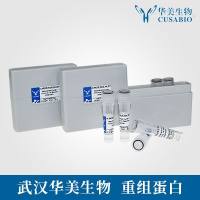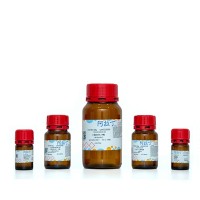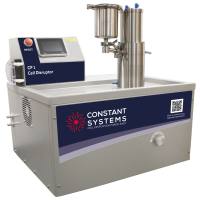Enzymatic Systems with Homology to Nitrogenase
互联网
522
Nitrogenase-like dark operative protochlorophyllide oxidoreductase (DPOR) is involved in the two-electron reduction of protochlorophyllide to form chlorophyllide during chlorophyll biosynthesis. Formation of bacteriochlorophyll additionally requires a structurally related enzyme system which is termed chlorophyllide oxidoreductase (COR). During DPOR catalysis, the homodimeric subunit ChlL2 transfers electrons to the corresponding heterotetrameric catalytic subunit (ChlN/ChlB)2 . Analogously, subunit BchX2 of the COR enzymes delivers electrons to subunit (BchY/BchZ)2 . The ChlL2 protein is a dynamic switch protein triggering the ATP-dependent transfer of electrons via a [4Fe–4S] cluster onto a second [4Fe–4S] cluster located on subunit (ChlN/ChlB)2 . This initial electron transfer step of DPOR catalysis clearly resembles nitrogenase catalysis. However, the subsequent substrate reduction process was proposed to be unrelated since no molybdenum-containing cofactor or a P-cluster equivalent is employed. To investigate the transient interaction of both subcomplexes ChlL2 and (ChlN/ChlB)2 and the resulting electron transfer processes, the ternary DPOR enzyme holocomplex was trapped as an octameric (ChlN/ChlB)2 (ChlL2 )2 complex after incubation with non-hydrolyzable ATP analogs. Electron paramagnetic resonance spectroscopic experiments of various DPOR complexes in combination with circular dichroism spectroscopic experiments of the ChlL2 protein revealed a detailed redox catalytic cycle for nucleotide-dependent DPOR catalysis.









